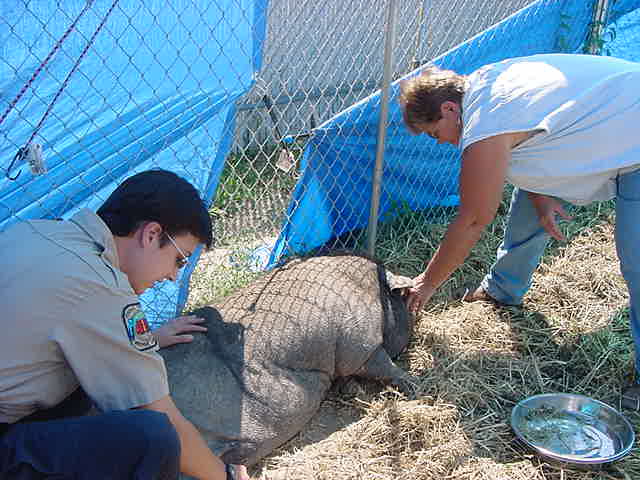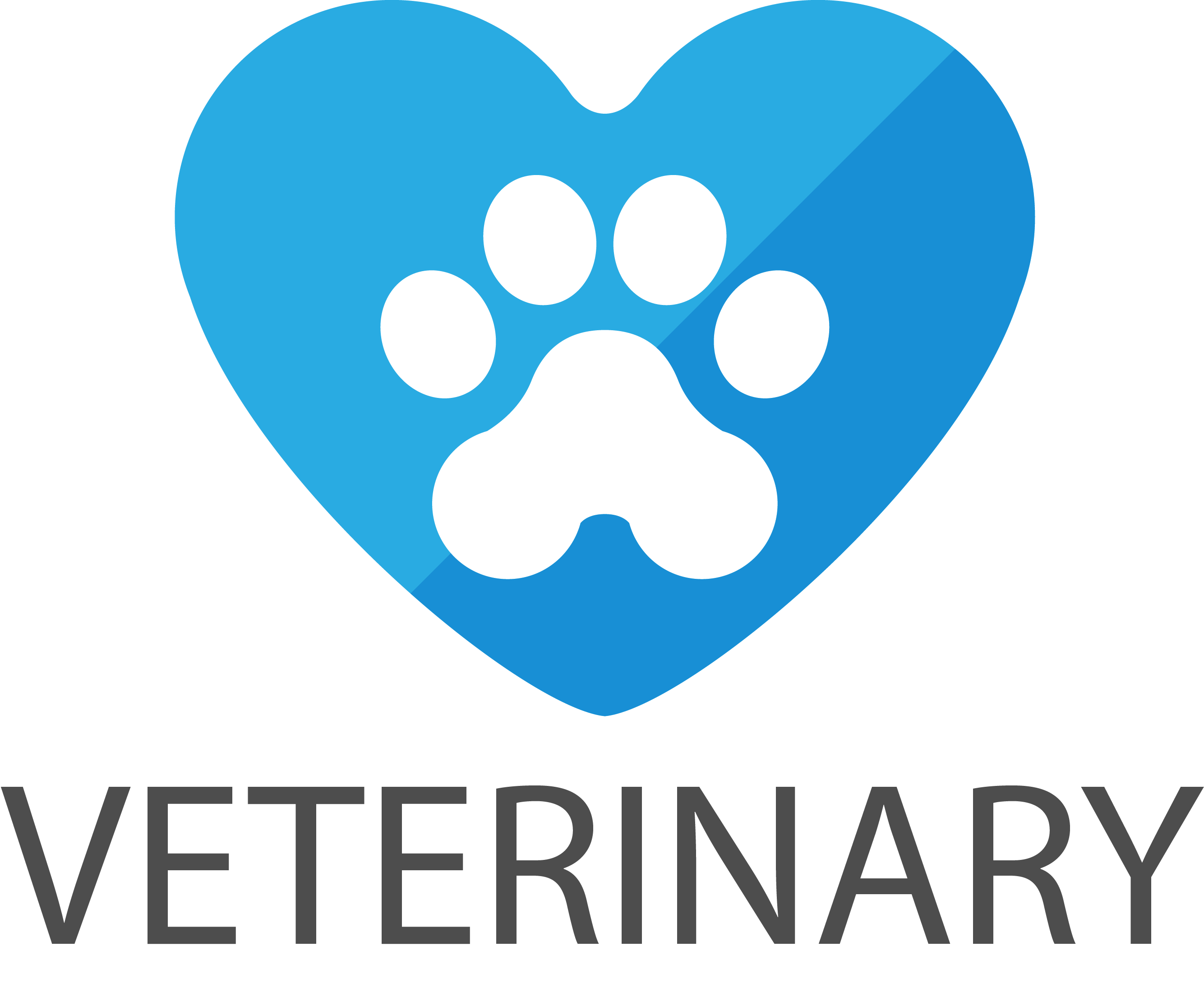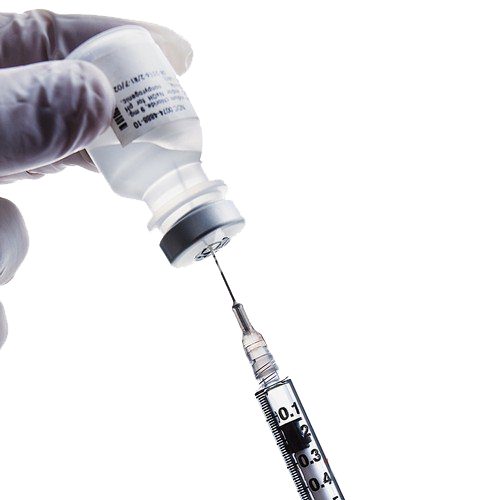
Health and Wellness
Pig-A-Sus offers health and care classes for one or more and has a problem solving clinic. For more information contact us. These are just a few tips for good Potbelly Pig health. For more information, please visit our resource page. If you have serious concerns about your pig's health consult a veterinarian immediately.
Some Helpful Links
Anyone traveling with their Potbelly Pig, be sure to have the following:
1. Current Health Certificate, (They are still considered livestock) Port of Entry’s are required.
5. HEAT WHILE TRAVELING SUMMER HEAT CAN KILL A BABY OR FULL GROWN POTBELLY IN LESS THAN 30 MINUTES IN HEAT IN EXCESS OF 80 DEGREES… THEY HAVE NO SWEAT GLANDS.
LAST, BUT MOST IMPORTANT, MAKE SURE THAT YOUR PET IS RESTRAINED, EITHER BY HARNESS OR CARRIER..
THEY ARE JUST AS IMPORTANT AS YOUR CHILDREN
HAVE A SAFE AND UNEVENTFUL TRIP

Veterinarian's
1. Matt Braunschmidt, D.V.M. of Mesa Veterinary Clinic, 1124 Lane 20
Pueblo, Co 81006 (Phone) 719-542-6075
2. Dr. Ian Smith D.V.M. Grand Valley Veterinarian Service, Loma, Colorado, 81524
(Phone) 970-858-0290
3. Dr. Paul Grych, D.V.M. Amigo Animal Clinic, 510 25 Road, Grand Junction,
Colorado 81501 (Phone) 970-245-2010
4. Dr. Paul Bingham, D.V..M. Arrowhead Vets, Inc. 1620 L. Road, Fruita, Colorado
81521 (Phone) 970-858-8881
5. Colorado State University, Fort Collins, Colorado
Dr. Tim Holt (Phone) 970-397-1274
don't forget your potbelly pig medical needs
Potbelly Pig Normal Body Stats
Vaccinations
Rectal Temperature
Pulse
Respiration
Puberty
Estrus
Gestation
Average Litter Size
Adult Size
Full Growth
101-104 Degrees F
70-110 per Minute
20-30 per Minute
2-4 Months
19-25 Days
106-113 Days
4-13 Piglets
60-175 Pounds
Never
Atrophic Rhinitis
Mycoplasma Pneumonia**
Erysipelas
Leptospirosis
We recommend these vaccinations yearly, whether you have 1 pig or a bunch. All vaccinations are given in 2cc dosage. We use the loose skin on the flank area. Sometimes a pea size lump will appear at the vaccination sight and remain for 2-3 weeks. This is normal.
**(We find this helps with respiratory infections) given in early fall of the year
101-104 Degrees F
70-110 per Minute
20-30 per Minute
2-4 Months

Symptoms: hair loss, coughing, low grade fever or bloody diarrhea. Most Potbellies are worm free. If you are concerned about parasites, collect a clean stool sample and have your vet check it out. Ivomec and AtGard are excellent de-wormers.
Arthritis is a very progressive ailment in older overweight Potbelly Pigs. Try giving 325 mg (a 5 grain) aspirin two times a day. Flavored baby aspirin may be a bit easier on your pig’s stomach. One children’s Baby aspirin is 81 mg so four baby aspirin equals 325 mg. Adjust According to Potbelly size.
Potbellies get two types of mange.
1. Demodectic-small nodules that look like small blisters or sores that may contain a creamy paste.
This type does not infect other animals or humans.
2. Sarcoptic-caused by a mite, the symptom is severe itching. The pig may do more damage to
himself by scratching than the mange itself. This type does infect humans and other animals.
Baths and some kind of lotion may be “an ounce of prevention”.
BY GEORGE GERGMAN, DVM
The disease in swine is caused by the bacterium Eryssipelothrix Rhusiopathiae and is manifested by acute or subacute septicemia and chronic proliferative lesions. The acute disease has the bacteria in the animals circulation and causes severe lesions throughout the animals body.
Skin lesions, joint lesions and heart lesions are all frequently seen as a result of this infection. Animals under three months of age or over three years of age are less commonly affected.
Most often infection occurs when susceptible pigs contact infected pigs that are shedding organisms. It has been estimated that from 1/3 to 1/2 of all pigs harbor the organism in their tonsils and other lymphoid tissues. The majority of these animals do not show signs of the disease, they have sub
clinical (unrecognized) infections.
The clinical signs of swine erysipelas can be divided into three general headings; i.e. cause infection, sub acute infection and chronic infection.
- Sudden onset (find a pig dead)
- Depression
- Reluctance to move – stiff, sore gait
- Fevers (104°F to 108°F)
- Failure to eat
- Skin lesions (Diamond Skin)
Similar symptoms as acute form only less severe i.e. lower temperatures and milder signs.